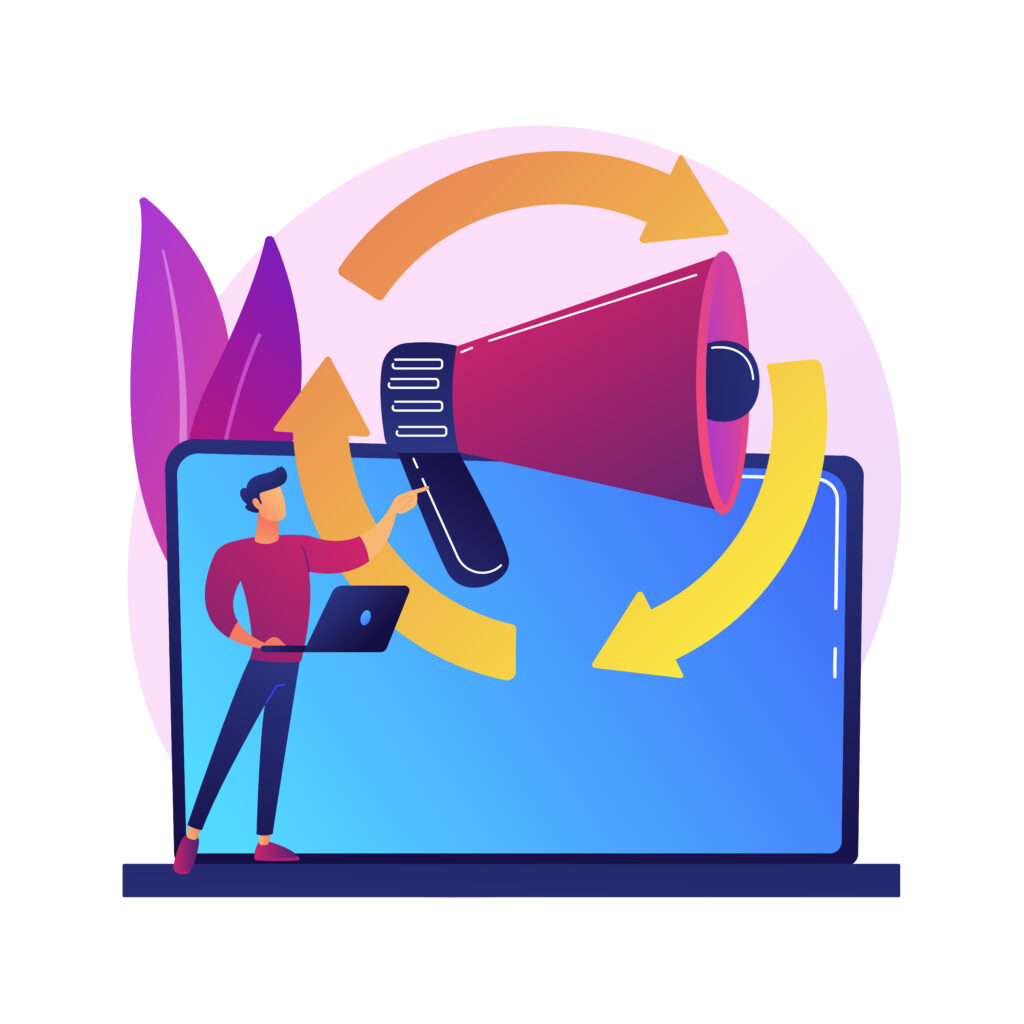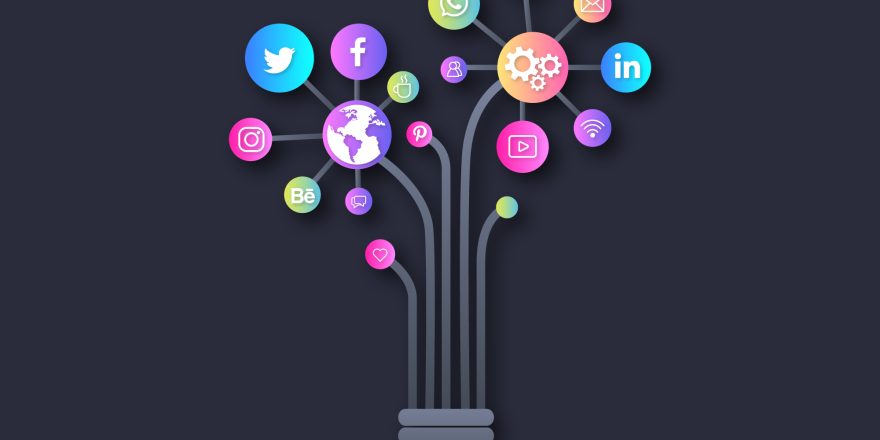Introduction
In 2025, Facebook remains one of the most powerful platforms for digital advertising—but many brands are seeing diminishing returns. Why? Because they’re serving the same ads to the same audiences, over and over. This leads to ad fatigue, lower engagement, and skyrocketing costs.
This blog unpacks how to crack the code of Facebook advertising with smarter targeting strategies. Learn how to keep your audiences engaged, reduce burnout, and boost conversions—all while spending more efficiently.
1. Understanding Audience Burnout on Facebook
Before you fix the problem, you need to recognize it.
- What is audience burnout? It’s when your ad frequency is too high and users start ignoring or reacting negatively to your content.
- Signs of fatigue: Rising CPCs, falling CTRs, negative comments, or increasing hides/report abuse.
- Facebook relevance score drops: Your ads are shown less if Facebook detects lower engagement quality.
- Reduced ROI over time: Even well-performing campaigns lose effectiveness if not refreshed or rotated.
- User psychology: People tune out repetitive content quickly, especially on platforms like Facebook where fresh content is expected daily.
2. Smarter Segmentation for Precision Targeting
One-size-fits-all targeting is outdated. Segmentation leads to personalization and better results.
- Behavioral targeting: Group users based on their interactions—website visits, past purchases, or ad engagement.
- Custom audiences: Retarget people who’ve watched a video, visited a landing page, or engaged with your social posts.
- Lookalike audiences: Scale reach by creating new audiences that mimic your top converters.
- Demographic and interest layering: Combine age, location, interest, and device use to create niche segments.
- Cold vs warm audiences: Speak differently to new leads vs returning users. Personalization avoids fatigue.
3. Creative Refresh Cycles That Keep Ads Fresh
Even great creative gets old—fast. Smart brands update ad visuals and copy regularly.
- Rotate visuals every 7–14 days: Use different formats (carousel, video, static) to keep the feed experience dynamic.
- A/B test headlines and hooks: Small tweaks in your opening lines can massively change performance.
- Localized visuals: Tailor ads by region, language, or culture for better resonance.
- Use user-generated content: UGC feels authentic and often outperforms polished branded content.
- Dynamic ads with auto-updates: Let Facebook adjust creatives based on real-time performance and product catalog changes.

4. Budget Optimization and Frequency Control
You don’t always need to spend more—just spend smarter.
- Cap ad frequency: Set limits so the same person doesn’t see your ad 10 times a week.
- Rule-based automation: Create rules to pause underperforming ads or scale winners automatically.
- Use campaign budget optimization (CBO): Facebook distributes budget to the best-performing ad sets.
- Dayparting: Run ads only when your audience is most active (e.g., evenings, weekends).
- Remarketing windows: Don’t retarget for too long—shorter windows can avoid annoyance.
5. Measurement and Iteration for Long-Term Success
Track the right metrics and iterate constantly to stay ahead.
- Monitor frequency and relevance metrics: Don’t just focus on clicks—understand how often and how well your ads are received.
- Set up funnel-based KPIs: Match metrics to goals—awareness (reach), consideration (engagement), and conversion (ROAS).
- Analyze comment sentiment: Use insights from feedback to guide creative and targeting improvements.
- Refine based on A/B testing: Regular testing reveals what creatives, CTAs, and offers actually move the needle.
- Use offline conversion data: Integrate CRM or sales data to know which Facebook ads are driving real business results.
Conclusion
Facebook ads aren’t dying—they’re evolving. Success lies in targeting smarter, creating fresher content, and measuring better. Avoiding audience burnout isn’t just about avoiding irritation—it’s about ensuring your brand remains relevant, engaging, and effective in a competitive ad space.
By applying these smart targeting tactics, you won’t just survive the Facebook ad game—you’ll thrive.





